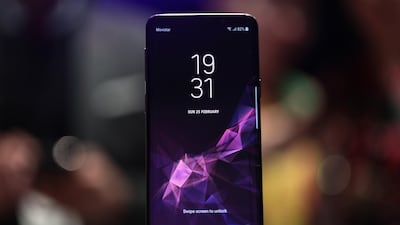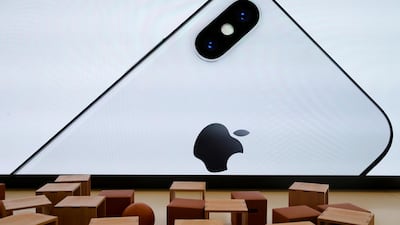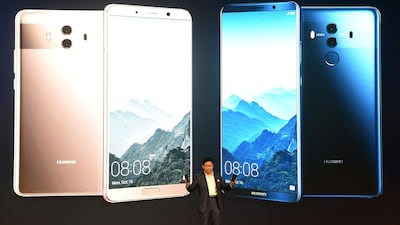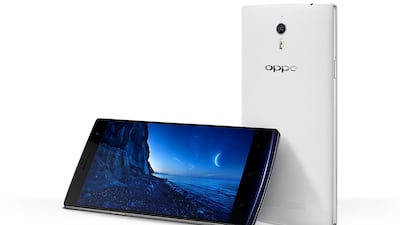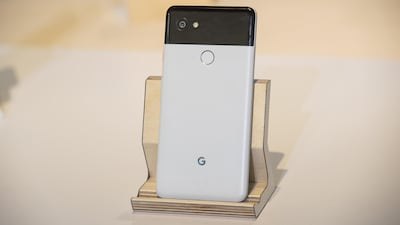A quick snoop around the office reveals an abundance of smartphone handsets by Apple and Samsung, with the occasional Chinese brand laying on a desk.
And that was the likely trend in the majority of workplaces around the world during the first quarter of this year, according to new data from Gartner.
Global smartphone sales grew 1.3 per cent year-on-year with almost 384 million sales, but "demand for premium and high-end smartphones continued to suffer due to marginal incremental benefits during upgrade," Anshul Gupta, research director at Gartner, said.
"Demand for entry-level smartphones (sub-$100) and low mid-tier smartphones (sub-$150) improved due to better-quality models."
Here is a rundown of how the major players performed:
______________
World's most popular smartphone brands, Q2 2018
______________
Samsung
The world's most popular smartphone brand saw its market share dip year-on-year from 20.8 per cent to 20.5 per cent, despite favourable reviews of its flagship Galaxy S9 and S9+ and Note 8.
Gartner said Samsung's mid-tier smartphones faced continued competition from Chinese brands, and its growth rate "will remain under pressure through 2018, with Chinese brands' growing dominance and expansion into Europe and Latin America markets".
____________
Read more:
Google vies for an iPhone challenger with pixel upgrades
Switch mobiles off at 10pm to improve happiness, study says
What happens to a smartphone after it is thrown away?
____________
Apple
The release of the iPhone X in November has unsurprisingly given Apple a boost in market share (from 13.7 per cent to 14.1 per cent) in the first quarter of 2018, after the company finally added some innovation following years of incremental updates. Its overall smartphone unit sales were up 4 per cent. However, Samsung will need another technological jump to keep the momentum going and ensure that users invest in replacement handsets, according to Gartner.
"Even though demand for Apple's iPhone X exceeded that of iPhone 8 and iPhone 8 Plus, the vendor struggled to drive significant smartphone replacements, which led to slower-than-expected growth in the first quarter of 2018," said Mr Gupta.
"With its exclusive focus on premium smartphones, Apple needs to significantly raise the overall experience of its next-generation iPhones to trigger replacements and lead to solid growth in the near future."
It was reported in April that Apple is working on touchless iPhones and curved screens. A new handset, possibly the iPhone XI (or iPhone 11), is expected before the end of the year.
Huawei and Xiaomi
What is Huawei, and how do you pronounce it? That's the response of some people, certainly in the western world where Apple and Samsung dominate. But the Chinese firm's smartphone global market share is growing quickly - up from 9 per cent to 10.5 per cent in the first quarter, as sales increased 18.3 per cent. It has become more competitive in the premium segment with the release of the P20, P20 Pro and Honor 10. Gartner says its future growth depends on it ramping up its share in the Emerging Asia and Pacific areas and "resolving issues in the US market".
Xiaomi, meanwhile, recorded sales growth of 124 per cent year-on-year and market share increase from 3.4 per cent in the first quarter of 2017 to 7.4 per cent this year on the back of an "aggressive pricing strategy". Gartner added that Xiamoi achieved 330 per cent growth in the Emerging Asia Pacific region.
____________
Read more:
Will Chinese brands ever be able to compete with America's?
BlackBerry looks to Middle East to lift flagging sales
____________
